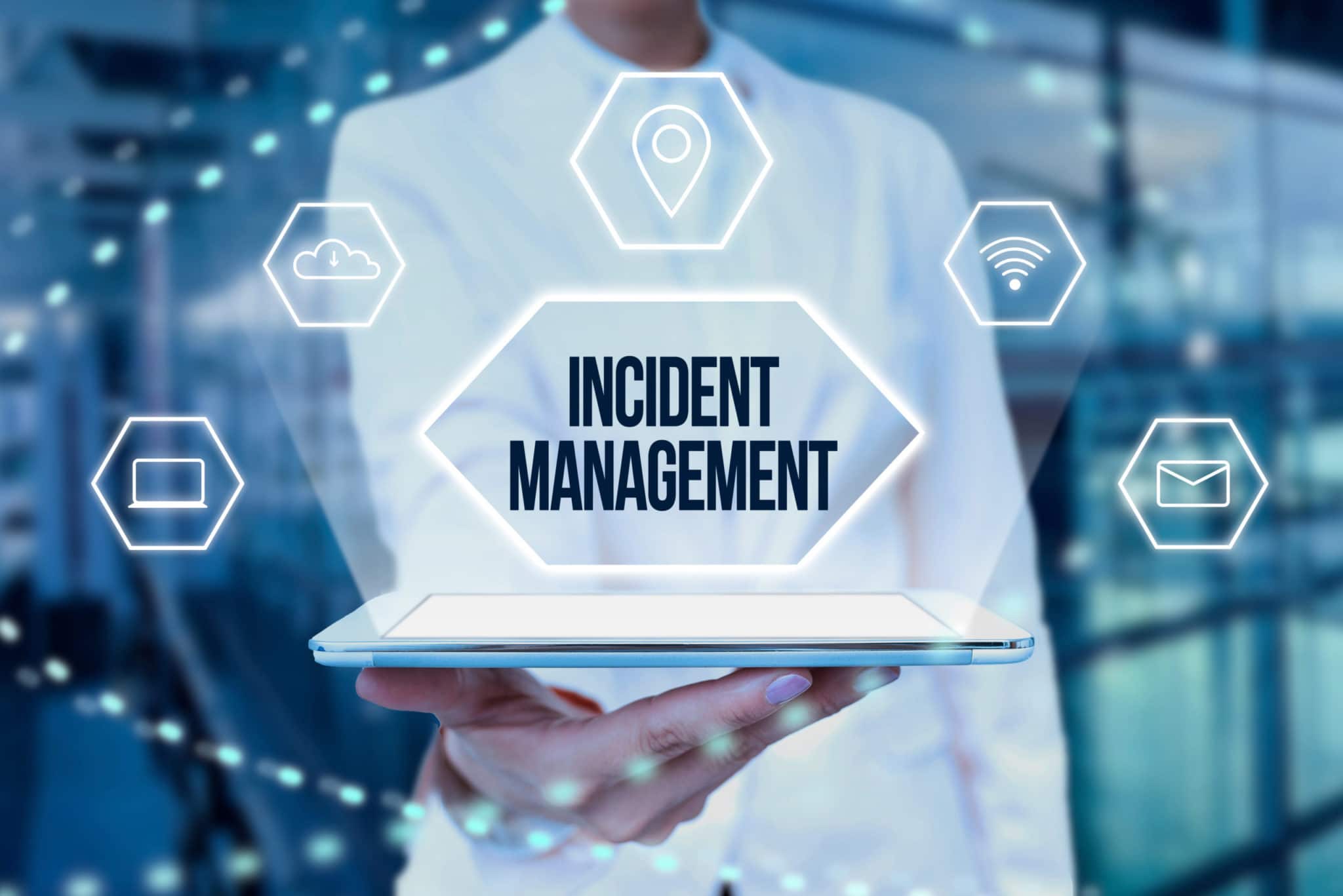Cyber attacks targeted towards businesses are growing at exponential rates. In fact, according to a Cybersecurity Ventures study, in 2021, businesses will fall victim to a ransomware attack every 11 seconds. And since the COVID-19 pandemic began, the FBI has reported a 300 percent increase in cybercrimes.
Additionally, cyber threats have increased in sophistication, diversity of tactics, and are employing savvy techniques that make them extremely difficult to spot. Given this reality–whether you work in government, manufacturing, healthcare, retail, education, or another industry–cybersecurity must be your top priority.
That’s where incident response planning comes into play. A detailed response plan helps ensure your organization is prepared for the “what if” scenario.
By developing this plan, organizations of every size are better positioned to quickly react to an attack and mitigate risks to employees, stakeholders, customers, and profits. According to an IBM 2020 study, organizations with a tested incident response plan saved an average of $2 million on data breaches, compared with those that didn’t.
One of the best ways to fight cybercrime is to develop an incident response capability to quickly detect incidents, minimize loss, mitigate exploited weaknesses, and restore IT services. Below is a step-by-step guide to help keep your organizations safe:
Assemble an Incident Response Team: The goal of your incident response team is to coordinate resources during an incident to minimize impact and restore operations. Because incident response relies on expertise and judgment, it should be a collaborative effort within an organization. The following teams should be involved: Management, IT Support, Legal, Communications, Human Resources, Facilities Management, and Physical Security.
Develop Incident Response Policies: Once you have assigned key stakeholders to your incident response team, the next step is to build the framework for your program. Depending on your organization’s unique needs, your incident response policy should comprise the following:
- The incidents that require immediate attention
- The definition of incident team roles and responsibilities
- The requirements involved in reporting incidents
- Communication policies around incident-related information
Assess the Risks: Cyber risk assessments are used to identify and prioritize risk to the operations within an organization. The primary purpose of this assessment is to help inform management and support proper risk responses. Assessments also provide information to help management make informed decisions about security. To conduct a thorough assessment, answer the following questions:
- What are our organization’s most important information technology assets?
- What are the relevant threats to your organization?
- What are the internal and external vulnerabilities?
- What is the impact if those vulnerabilities are exploited?
- What is the likelihood of exploitation?
- What is the level of risk my organization is comfortable taking?
Prepare your Organization: While this phase typically takes the most effort within incident response planning, it is the most critical phase needed to protect your organization. Your response plan should be well documented, thoroughly explaining everyone’s roles and responsibilities. The more prepared your employees are, the less likely they will make critical mistakes. In order to prepare for a breach, you will need to evaluate and develop a plan for the following:
- Employee Training: Employees must be properly trained in their incident response roles/responsibilities in the event of data breach.
- Incident Response Drills: Regularly conduct mock data breaches and establish incident response drills to assess your readiness.
- Stakeholder Buy-in: Ensure that all aspects of your incident response plan (training, execution, hardware, and software resources) are approved and agreed upon.
Containment: When a breach is first discovered, your initial instinct may be to securely delete everything, so you can get rid of any trace of the breach. However, doing this will likely hurt you in the long run, since you’ll be destroying valuable evidence that you need to determine where the breach started and devise a plan to prevent it from happening again.
Instead, contain the breach so it doesn’t spread and cause further damage to your business. Have short-term and long-term containment strategies ready. It’s also good to have a system back-up to help restore business operations. That way, any compromised data is not lost.
Start your Nevada LLC in
24 hours guaranteed
You don’t need to live in Nevada to enjoy the best asset protection
and audit defense a Nevada LLC can provide.
Eradication: Once you’ve contained the issue, you must find and eliminate the root cause. This means all malware should be securely removed, systems should again be hardened and patched, and updates should be applied.
Whether you do this yourself, or hire a third party, you need to be extremely thorough. If any trace of malware or security issues remain in your systems, you may still lose valuable data, and your liability could increase.
Recovery: This is the process of restoring and returning affected systems and devices back into your environment. During this time, it is very important to get your systems and business operations up and running again–without the fear of another breach.
Test Your Response Plan: You can check and test your plan by using drills and rehearsals that allow your team to practice their response to an incident. This will help identify anything that is not working, determine any vulnerabilities, or clarify any confusion in the process. Gathering feedback from staff during the test is important, and do not forget to include vendors or third parties in the test. That way, they are aware of responsibilities and can provide feedback if necessary
Crisis Communications: One of the most important elements to ensuring the success of your incident response plan is your communication strategy. This includes how you communicate to your employees, how you communicate to your customers, and how you communicate to other impacted partners or vendors. Your strategy should include both internal and external communications.
Lessons Learned: Once the investigation is complete, hold a debriefing meeting with all incident response team members and discuss what you’ve learned from the data breach. Be sure to analyze and document everything about the breach. Determine what worked well in your response plan, and where there were holes. Lessons learned from both mock and real events will help strengthen your systems against any future cyberattacks.
What makes cybersecurity so difficult to manage is the constantly evolving threats. Cyberattackers are frequently inventing new ways to steal data and disrupt businesses. They not only understand exactly how to exploit weaknesses, but they are also adept at preventing companies from detecting threats and protecting themselves against malicious activities. There is no question that one of the best ways for small and large organizations to fight cybercrime is by developing a detailed incident response plan to help minimize the impacts of a breach and get you back to business as quickly as possible.
Whether you have a big or small business, your business can be a victim of a cyberattack. Having an incident response plan on hand is crucial to the success of your business. The first step of your plan must be to form a Nevada LLC. This will give your business a solid foundation. Let us help you take the first step!
Read more here about why tech companies are moving to the Silver State.







